 LAKE CITY, Colorado — Green Builder Media and Hilti North America announce the release of a downloadable ebook, “Strides In Fire Safety for Mass Wood Timber Buildings.” As Tall Mass Wood Timber buildings get taller, municipalities, the building industry, and the public ask questions about how these buildings perform in a fire and how the building codes should be written to accommodate them. Hilti responded by marshaling all the tools at its disposal to perform rigorous testing of Mass Wood Timber component assemblies–primarily Cross-Laminated Timber–in its state-of-the-art testing labs. The results of the testing and details about the company’s bid to get third-party certification for this innovative building method is detailed in the book.
LAKE CITY, Colorado — Green Builder Media and Hilti North America announce the release of a downloadable ebook, “Strides In Fire Safety for Mass Wood Timber Buildings.” As Tall Mass Wood Timber buildings get taller, municipalities, the building industry, and the public ask questions about how these buildings perform in a fire and how the building codes should be written to accommodate them. Hilti responded by marshaling all the tools at its disposal to perform rigorous testing of Mass Wood Timber component assemblies–primarily Cross-Laminated Timber–in its state-of-the-art testing labs. The results of the testing and details about the company’s bid to get third-party certification for this innovative building method is detailed in the book.


 VANCOUVER, BC – good natured Products Inc. has added 22 certified compostable and biodegradable cups, bowls, takeout containers, plates and cutlery to its plant-based packaging and product assortment. Using a variety of sustainable materials, including fibre from sugarcane waste, Sustainable Forestry Initiative (SFI) certified paper and polylactic acid (PLA), the products also represent expansion for good natured® beyond bioplastics into a broader assortment of eco-friendly materials. As part of a phased roll-out, the initial selection of foodservice products are all made without chemicals that have been identified as potentially harmful to human health and the environment. …“Even prior to COVID-19, consumer eating trends have been changing rapidly toward prepared and takeaway food,” said Paul Antoniadis, CEO of good natured®.
VANCOUVER, BC – good natured Products Inc. has added 22 certified compostable and biodegradable cups, bowls, takeout containers, plates and cutlery to its plant-based packaging and product assortment. Using a variety of sustainable materials, including fibre from sugarcane waste, Sustainable Forestry Initiative (SFI) certified paper and polylactic acid (PLA), the products also represent expansion for good natured® beyond bioplastics into a broader assortment of eco-friendly materials. As part of a phased roll-out, the initial selection of foodservice products are all made without chemicals that have been identified as potentially harmful to human health and the environment. …“Even prior to COVID-19, consumer eating trends have been changing rapidly toward prepared and takeaway food,” said Paul Antoniadis, CEO of good natured®.

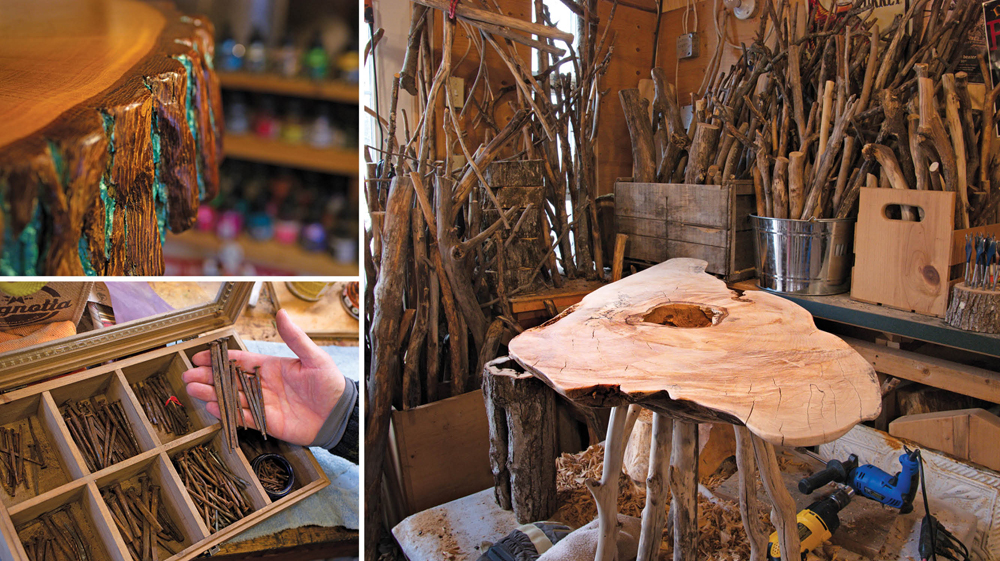
/https://www.thestar.com/content/dam/thestar/news/gta/2020/05/08/wood-buildings-climate-sustainability-affordable-housing-what-to-keep-from-sidewalks-labs-ideas-for-quayside/quayside.jpg)

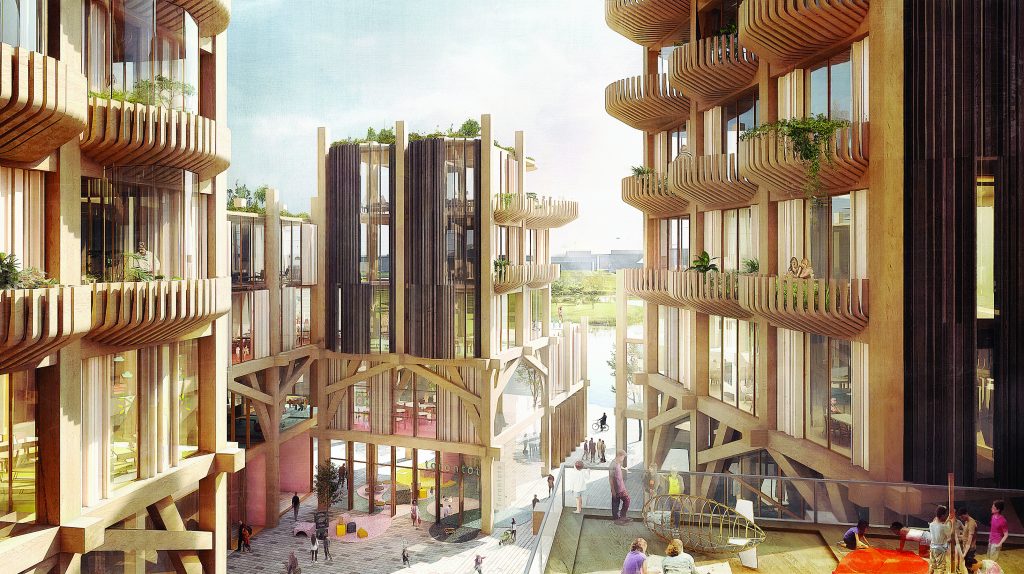
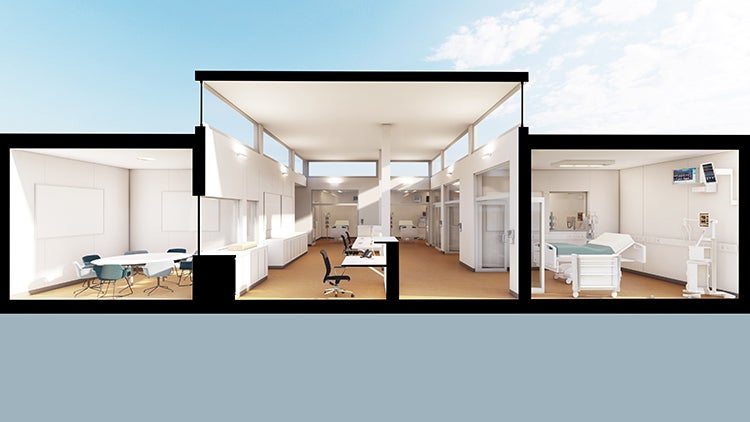
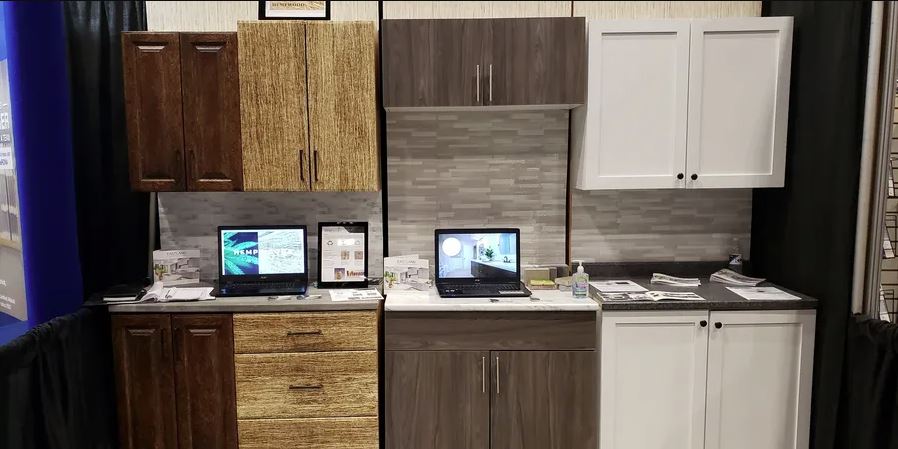



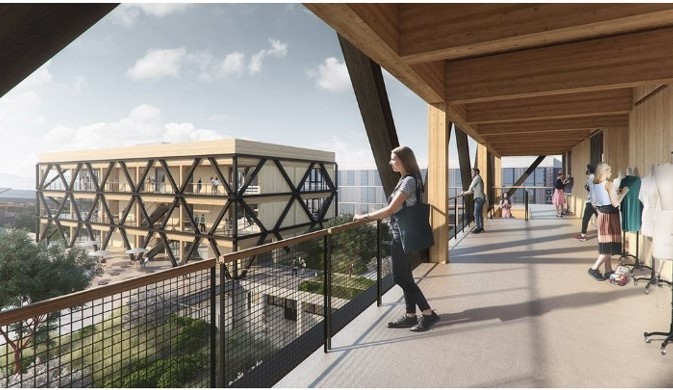




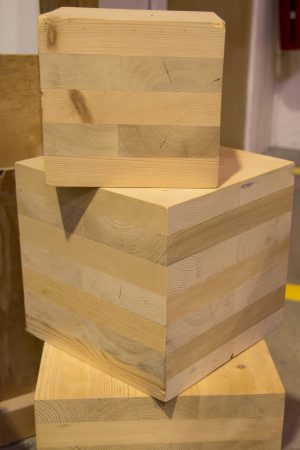 As the world continues to tally the economic damage inflicted by the coronavirus pandemic, cross-laminated timber is gaining in popularity because of its relative inexpensiveness and sustainability. Those benefits — and a few concerns — of CLT were discussed during Bisnow’s The Rise of Mass Timber & CLT webinar in the Pacific Northwest last week. “We are very bullish that CLT is the way of the future,” Kaiser + Path owner and principal Ben Kaiser said. “Coming out of this time we are in, the world will yearn for cleaner air and cleaner water and CLT will launch forward with more momentum than it’s had over the last couple of years.” The benefits of CLT are numerous: It is lighter, fewer workers are needed to install it, it has consistent pricing, and it is usually environmentally friendly.
As the world continues to tally the economic damage inflicted by the coronavirus pandemic, cross-laminated timber is gaining in popularity because of its relative inexpensiveness and sustainability. Those benefits — and a few concerns — of CLT were discussed during Bisnow’s The Rise of Mass Timber & CLT webinar in the Pacific Northwest last week. “We are very bullish that CLT is the way of the future,” Kaiser + Path owner and principal Ben Kaiser said. “Coming out of this time we are in, the world will yearn for cleaner air and cleaner water and CLT will launch forward with more momentum than it’s had over the last couple of years.” The benefits of CLT are numerous: It is lighter, fewer workers are needed to install it, it has consistent pricing, and it is usually environmentally friendly.
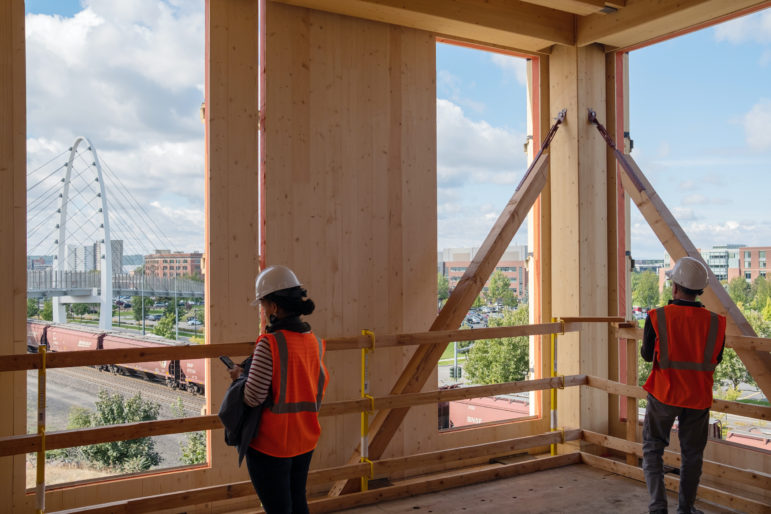

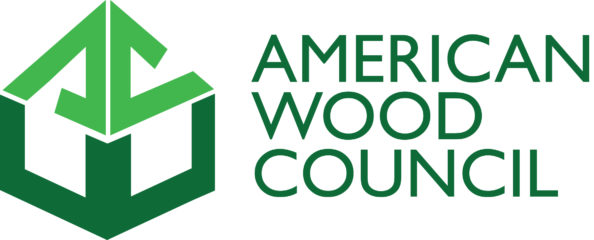 LEESBURG, Virginia – The American Wood Council has partnered with the Virginia Fire Prevention Association (VFPA) and Virginia Fire Marshal Academy to offer free distance learning opportunities for state fire inspectors. “In light of the COVID-19 pandemic facing our fire and code enforcement communities, code enforcement personnel have been affected by the inability to attend continuing education opportunities. This partnership will allow fire inspectors to continue essential continuing education during this time,” said VFPA President Ernie Little. The course schedule… Demobilizing Construction Sites Safely Using the Model Codes; Construction Fire Safety Best Practices; Tall Mass Timber Buildings & Fire Service Concerns; Pre-planning and Fire Suppression of Buildings Under Construction; and I-joists and Firefighter Safety.
LEESBURG, Virginia – The American Wood Council has partnered with the Virginia Fire Prevention Association (VFPA) and Virginia Fire Marshal Academy to offer free distance learning opportunities for state fire inspectors. “In light of the COVID-19 pandemic facing our fire and code enforcement communities, code enforcement personnel have been affected by the inability to attend continuing education opportunities. This partnership will allow fire inspectors to continue essential continuing education during this time,” said VFPA President Ernie Little. The course schedule… Demobilizing Construction Sites Safely Using the Model Codes; Construction Fire Safety Best Practices; Tall Mass Timber Buildings & Fire Service Concerns; Pre-planning and Fire Suppression of Buildings Under Construction; and I-joists and Firefighter Safety.
.jpg)









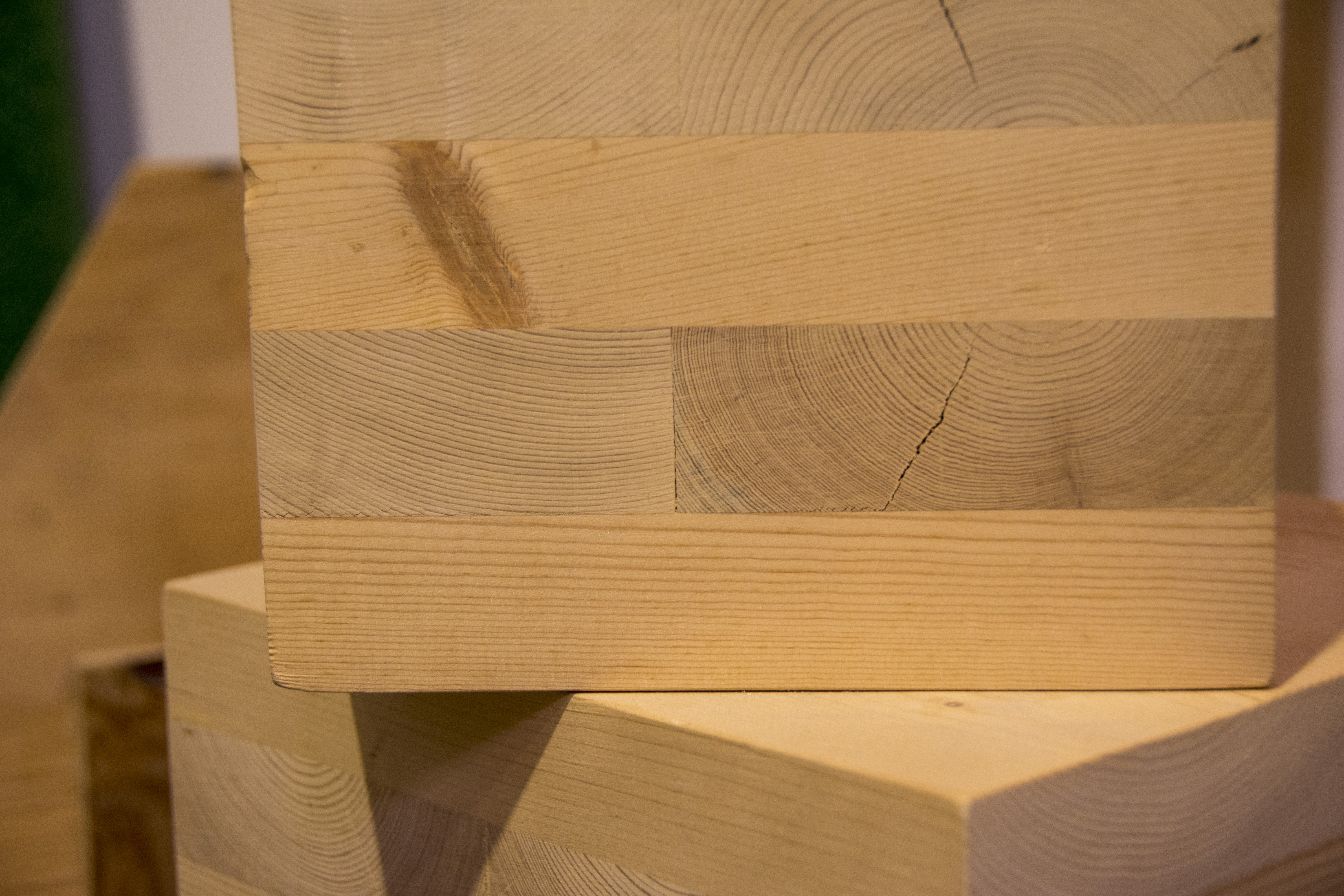 The timber industry will spend £500,000 on a series of fire tests over the next 18 months in a bid to demonstrate the safety of its product, ahead of a rule change that could see the product banned for use on the walls of large buildings. Cross-laminated timber (CLT) has been heralded in some quarters as the future of construction because of its low embodied carbon and the capacity to produce the panels offsite. But the government’s plans to lower the ban on combustible materials in the external wall of a building from 18m to 11m would effectively restrict its use to low-rise projects only. In an effort to demonstrate its safety, the three largest suppliers of CLT – KLH, Binderholz and Stora Enso – have invested in a series of fire tests to assess its performance.
The timber industry will spend £500,000 on a series of fire tests over the next 18 months in a bid to demonstrate the safety of its product, ahead of a rule change that could see the product banned for use on the walls of large buildings. Cross-laminated timber (CLT) has been heralded in some quarters as the future of construction because of its low embodied carbon and the capacity to produce the panels offsite. But the government’s plans to lower the ban on combustible materials in the external wall of a building from 18m to 11m would effectively restrict its use to low-rise projects only. In an effort to demonstrate its safety, the three largest suppliers of CLT – KLH, Binderholz and Stora Enso – have invested in a series of fire tests to assess its performance.